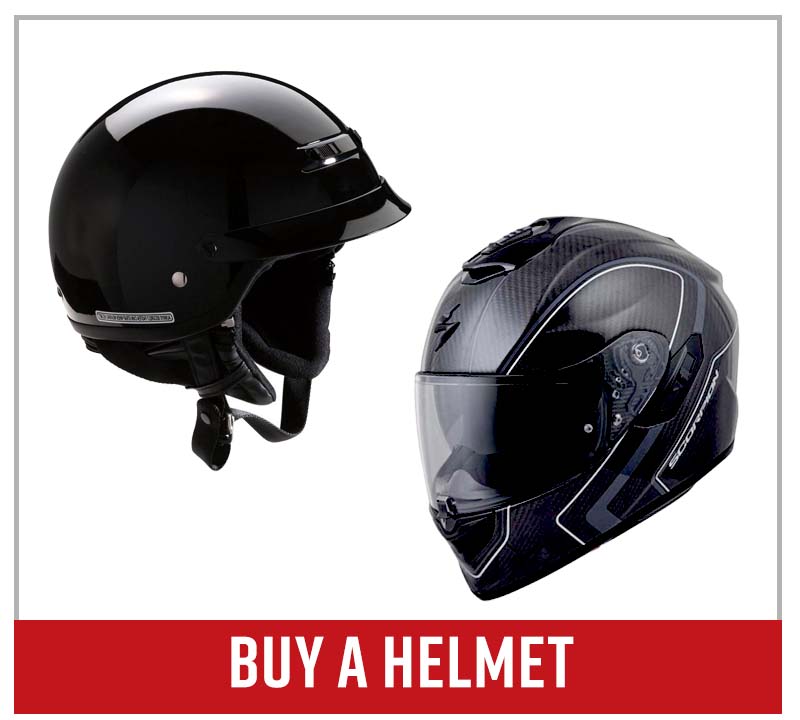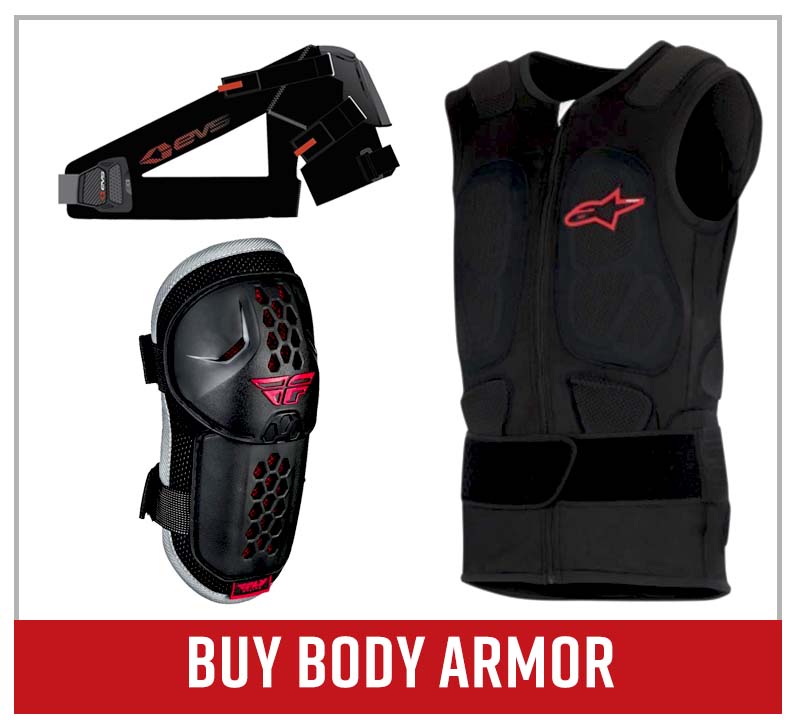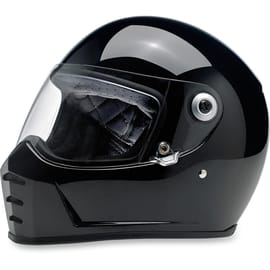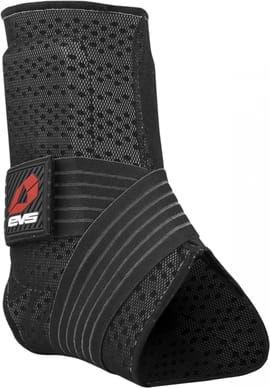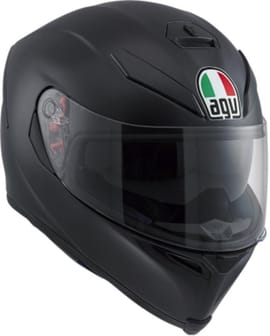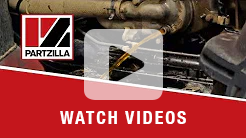Motorcycle Wreck Inspection Checklist
There's a lot to deal with after a motorcycle accident: injuries, insurance, and maybe even a little sobbing over your wrecked prized possession.
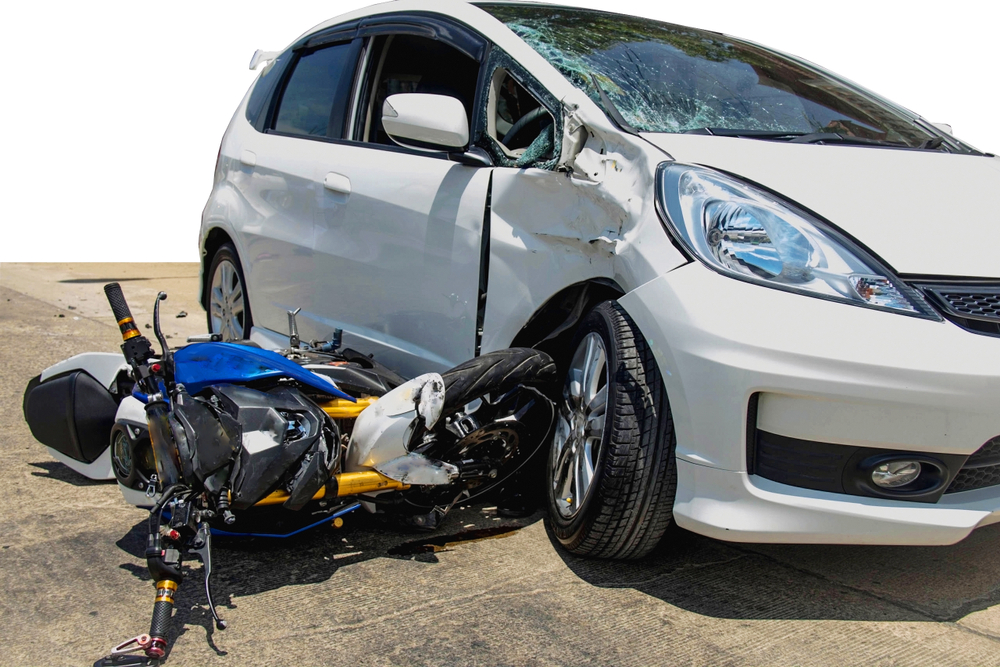
One of the first things you'll have to do when the proverbial dust settles after an accident is inspect how much damage was done to your bike. Aside from the obvious cosmetic damage, here's a quick checklist of things to inspect to make sure your bike is safe to ride again.
Motorcycle Damage Assessment Checklist
Roll and Listen: Put your bike in neutral and roll it back and forth a few times. If you hear any crunchy sounds or feel any resistance, you already know there are problems.
Tires and Wheels: Check your tires to make sure there are no gashes in the tread or sidewall. Just because the tires are holding air, it doesn't mean riding on them won't cause a blowout.
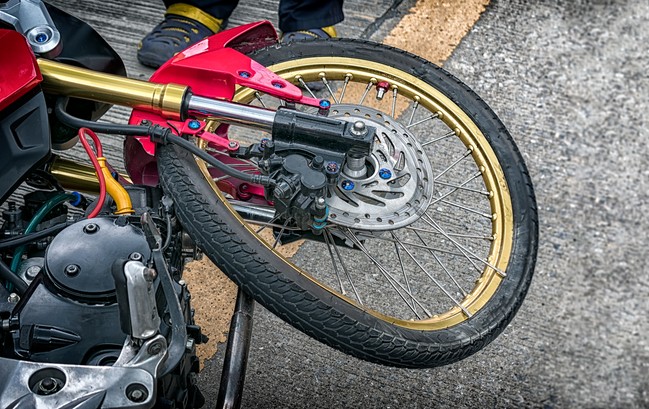
Once you're sure the tires are sound, do a quick inspection of the wheels. After an accident, the wheels could have dents that prevent the tires from seating properly. In worst case scenarios, the rim might be cracked. Spin the wheels to make sure they aren't loose on the hub.
Brakes and Rotors: Brakes are easy to evaluate. The motorcycle's wheel should spin freely without any hang-ups. Remove any debris from the brake and rotor. Check the brake lines and reservoirs for leaks or cracks.
Damage will typically add pressure to the line. If you have a leak or loss of fluid, you won't be able to squeeze the caliper. While you're checking, make sure the rotors aren't bent or cracked.

Controls: If you're going to ride your motorcycle, you need to be able to control it. Inspect the clutch, and front brake lever and lines. Levers are usually the first thing to break, so make sure they still work. Foot controls can snap off or bend to the point where they don't have the range you need. While you're inspecting the controls, look at the pegs and brackets (rear sets) to make sure they're not broken.
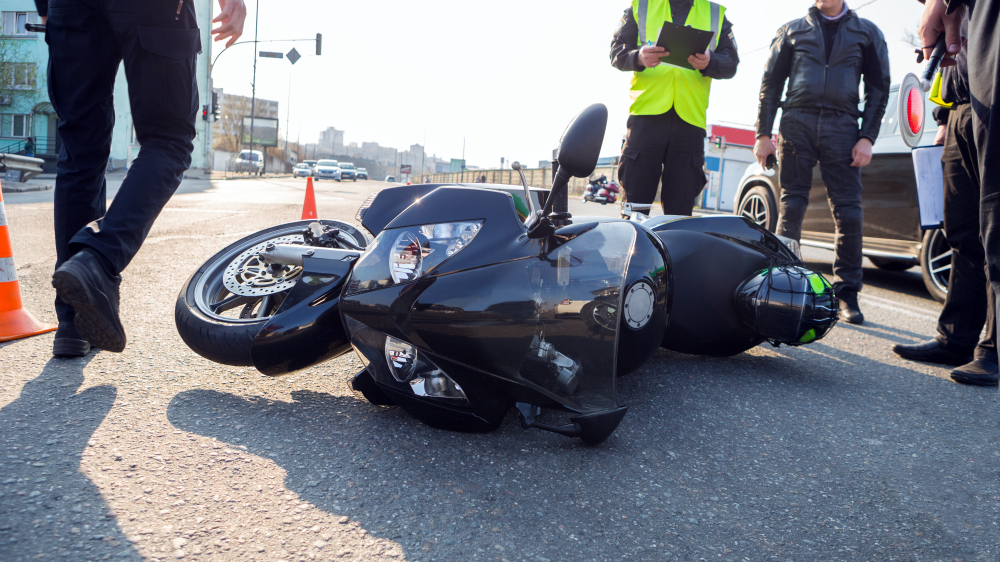
Electronics/Lights: Start your bike and play with all the buttons. Headlights, blinkers, cutoff switch, horn and brake lights are the main concerns at this point. Don't forget to check both the front brake lever and rear foot pedal to engage the brake light.
Frame and Fluids: If you see any oil, brake fluid or coolant on the outside of the bike, track down the source and see where it's coming from. Inspect the frame and subframe. If the seat looks like it's coming off the tank at a weird angle, you may need a new subframe.
Once you've completed a thorough motorcycle inspection and everything checks out, give it a short test drive to see if it's safe to ride. You know your bike better than anyone, so check if anything feels off.
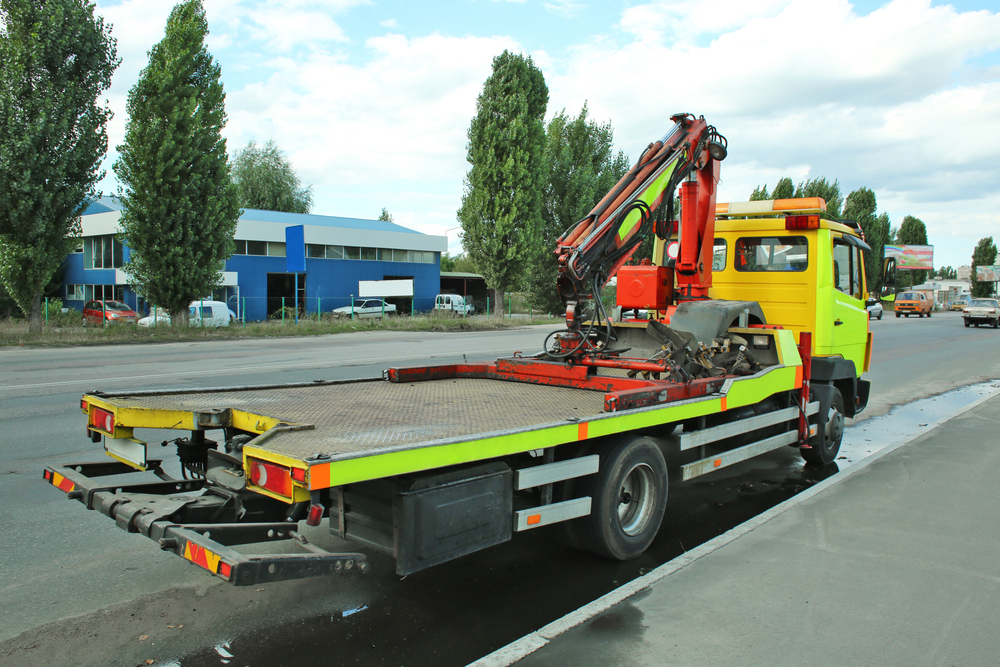
When to Call a Tow Truck
Never attempt to ride your motorcycle home after an accident unless you're positive it's safe to do so. If you see any of the following symptoms when you're doing your post-accident motorcycle inspection, call a tow service or a buddy with a pickup truck.
- Cracked rim
- Low or flat tires
- Brake line broken; unable to squeeze caliper
- Broken primary controls: Foot pegs, pedals, levers, clip-ons or bent bars
- Bent forks, leaking suspension
- Any visible or obvious frame or motor damage
What Else?
Aside from troubleshooting your bike, you should read up on other things to do after a motorcycle accident. When it comes time to fix up your baby, make a list of parts you need and contact us so we can help you get your bike back on the road.
